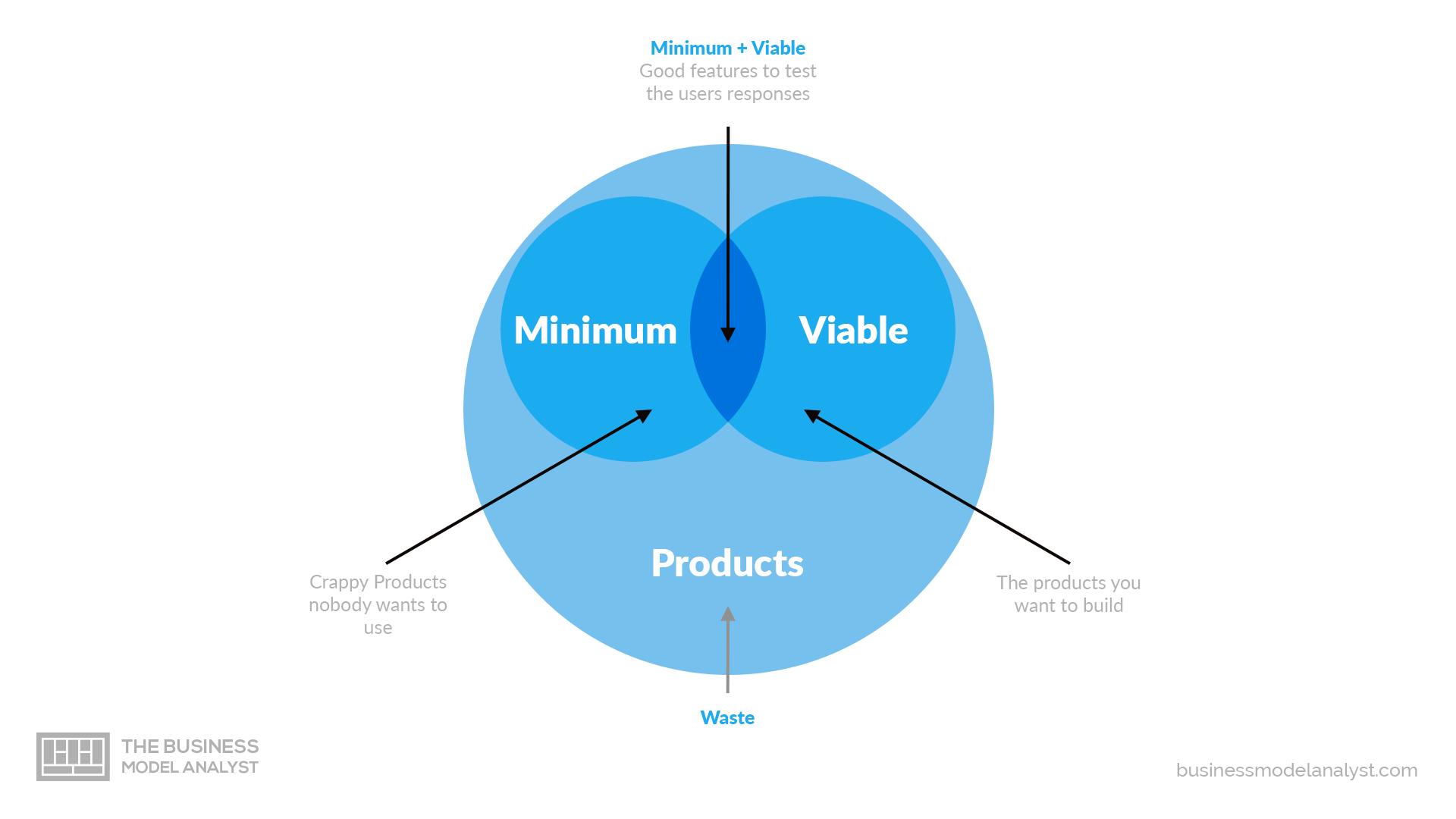The Role of Customer Feedback in Refining a Minimum Viable Product
When a business develops an MVP, it can validate its business concept through direct customer insight and feedback. For example, before building the full Groupon platform, they launched an email MVP to gauge demand and test the product-market fit.
Managing customer feedback is complex, especially when it comes from many different sources. When tickets are scattered across multiple systems and teams, it can be difficult to identify and act on patterns.
Iterative Development
The Minimum Viable Product approach is a useful way of testing whether your new product will work in real market conditions, without investing huge amounts of resources. This method can also help you discover insights about your customers that may be difficult to determine from a comprehensive requirements specification alone.
Iterative development is a software development process that involves repeated cycles of creating and testing small portions of an application or product. This approach allows developers to create a functioning prototype quickly and then make changes based on user feedback. In addition, iterative development allows developers to manage risk by identifying and addressing issues as they arise. This can lead to reduced costs and faster project completion times. Moreover, the iterative development approach can lead to better quality products and increased flexibility. It can also encourage more frequent feedback from users and stakeholders. This can lead to more informed decision-making and improve collaboration. It can even lead to fresh ideas that could become significant innovations in the future.
Key Performance Indicators
A KPI, or key performance indicator, is a measurement that reflects how well an organization is meeting its strategic goals. The best KPIs are specific, focused, and communicate clearly what the business wants to accomplish. Developing effective KPIs requires careful planning, because KPIs should align with the organization’s overall aspirations and provide accurate information on how far it has progressed towards those goals.
For example, a customer service company may want to measure the number of ticket requests per day and average time to resolution. These KPIs help the team assess the effectiveness of their customer support process and identify opportunities for improvement.
A business wishing to test the market for a new software product can also use an MVP framework to rapidly build and iterate a prototype to test user reactions. By focusing on the most critical features that solve a specific user problem, a team can reduce the risk of building a product no one wants to use.
Measuring Success
In the world of software, MVPs are a critical part of agile development. They allow a team to gain user feedback quickly and efficiently to improve a product. This is a core concept in the lean startup business framework.
While there are many ways to measure success, key performance indicators help businesses understand if their product is meeting customer needs. These metrics include product uptime, bug response time and daily active users.
The MVP process can also help a business validate their business model before spending time and money developing the full product. This can reduce risk and boost investor confidence, especially if the company has already been through the Build-Measure-Learn cycle once before. For example, social media scheduling tool Buffer started as a landing page that simply asked if consumers were interested in its basic features before expanding to the full platform. This helped it gauge interest and build relationships with early adopters. This in turn drove a higher number of referrals and increased brand awareness.
Managing Risk
Risk management involves a process of analyzing potential risks and then taking steps to mitigate them. This can include creating policies to prevent or reduce risk and conducting training for employees to help them understand their role in the process. It can also include establishing and enforcing procedures to manage unforeseen events that may impact operations.
A key principle of Lean Startup is the Minimum Viable Product (MVP). It focuses on delivering a set of core functionality that addresses market problems while minimizing development time and cost. It requires a rigorous approach to prioritizing requirements so that only the most essential features are built.
Many teams fall into the trap of adding too many features to their products. This can take longer to develop, make the product less usable and increase the risk of failure. It is also important to remember that the risk associated with each additional feature must be weighed against the benefits and costs of developing and releasing the product.
